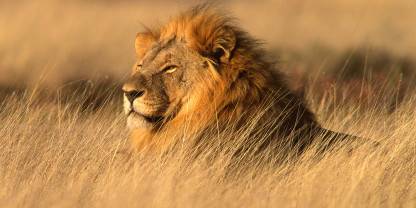Average Expert Rating
Rating Breakdown
Write a User ReviewEtosha, Best Visited in the Dry Winter Months
Read more
away from me, as most black rhino tend to do. I guess, this is another place I need to get back to sometime.Sandy Plains and Starry Skies
Four of the Big Five inhabit Namibia's premier National Park (no buffalo), along with hyena, cheetah, bat-eared fox and honey badger, among others. Antelope can be spotted from afar on the sparsely vegetated, flat 'sandscape' whose dusty roads stretch far into the distance. In this arid park, animals congregate around the many waterholes, a great place to set up your camera and picnic for an afternoon. Some waterholes are easily accessible from camps and watching for animals at a floodlit pool after dark was a park highlight, even if we didn't really see much. Instead, we turned our eyes skywards and enjoyed a safari of the celestial kind.
Abundant Wildlife & a Vast Salt Pan
With its arid scrublands, the searing, barren expanses of Etosha Pan and rather impersonal rest camps, it’s easy to underestimate Etosha. Yet, allow some time to get to know the park and its appeal is guaranteed to grow. One of the main draws is convenient access to a truly impressive array of wildlife. Among the highlights are both black and white rhinos, as well as lions, especially in the park’s southern and eastern reaches. During the Dry season, elephant, giraffe, zebra, ostrich and a variety of antelope are almost guaranteed.
While the park rest camps get very full during the peak Dry season months, they offer fine camp-based wildlife watching. The waterhole next to Okaukuejo camp is especially well situated for observing the nighttime parade of thirsty animals coming to drink. Thanks to its easy tarmac access and a network of well-maintained roads, Etosha is well suited to self-drive safaris. The location also conveniently lends itself to combination itineraries with other areas of Namibia.

